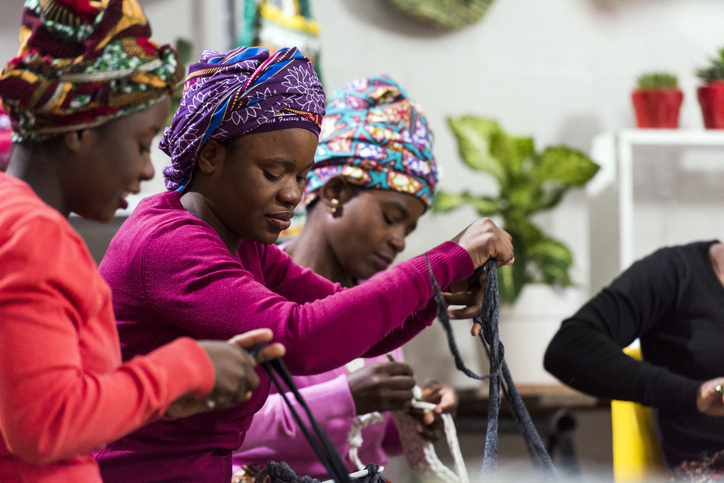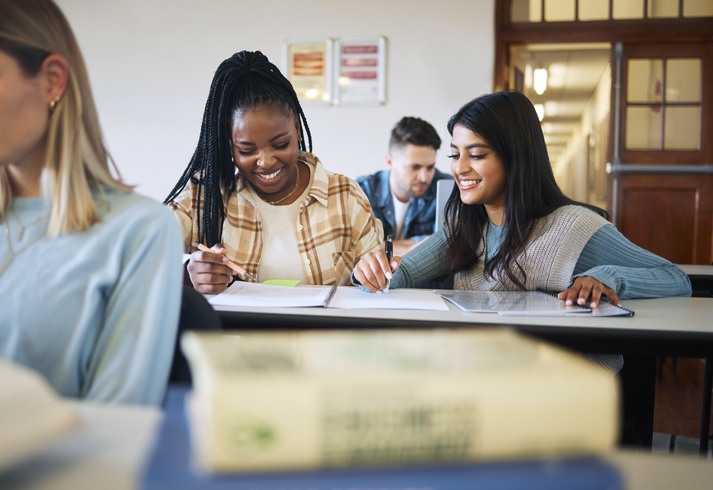The global pandemic has been particularly disruptive to education with the closure of schools in many countries and children having to study at home. This column looks back at data from large-scale assessments of educational systems to shed light on some of the educational challenges of the Covid-19 crisis. This includes young people’s computer literacy and home access to digital devices, schools as places of care and nurturing, as well as providing free school meals for disadvantaged students.
We all know that education is a work in progress. It is something we constantly strive to improve, to keep up to date with changes in pedagogy, technology, and society.
Education demands evaluation of students, but also of systems – and constant reflection if it is to stay relevant. Large-scale assessments of the kind carried out by the International Association for the Evaluation of Educational Achievement (IEA) are a useful tool for educators and policy-makers, playing an integral role in the global educational ecosystem. They also provide valuable insights into progress towards SDG 4 (ensuring inclusive and equitable quality education and promoting lifelong learning opportunities for all).
As with almost all facets of our lives, the Covid-19 pandemic is causing huge disruptions to education – including the large-scale assessments that are based in classrooms. But thanks to the data collected over the years, we’re not flying blind, and there is a wealth of information available to see how prepared students, their teachers, and schools were going into this crisis, pointing to where the main difficulties will be faced, and the issues policy-makers will have to pay close attention to when planning school re-opening.
At IEA, one of our first steps was to go back through the contextual questionnaires from studies to see which questions would have a particular resonance in these strange times, and to look back through previous international reports to see how well equipped the world was for home study.
From the release of the results of IEA’s International Computer and Information Literacy Study (ICILS) in November 2019, we know that there is a strong relationship between the socio-economic background of a young person and their ability to use information technology effectively. The closure of schools and shift to home working prompted some additional analysis of ICILS data, which sheds light on the relationship between the socio-economic status and the availability of digital devices in the home.
The study had asked 46,000 Grade 8 students about the digital devices to which they had access at home, such as laptops and desktop devices. The analysis shows that 24% of students whose parents had a higher status job had fewer than two laptops or desktop computers at home, compared with 41% of students whose parents had a lower occupational status. This prompts serious concerns about whether children would have enough access to devices to use for studying from home.
Another forgotten aspect when we read about innovative schools switching to online teaching is that we know from ICILS that many young people, who many assume to be ‘digital natives’, are simply not very computer-literate.
People are often shocked that only 21% of the students taking part in ICILS showed to be independent computer users. For example, 79% of students were not able to demonstrate that they could ‘evaluate the reliability of information presented on a crowdsourced website’ or ‘identify when content published on the internet may be biased as a result of a publisher’s content guidelines or advertising revenue directing content’. These are essential skills if we are to encourage greater use of computers at home.
But the Covid-19 crisis has also underlined schools as a place beyond just a building where education takes place, but as a place of care and nurturing. We looked again at the questionnaire for the last cycle of IEA’s Progress in International Reading and Literacy Study (PIRLS), which asked Grade 4 participants (around 10 years old) how often they arrived at school feeling hungry.
Disappointingly, over a quarter (26%) said they felt hungry most days, and in every country, the hungry students performed, on average, worse than their peers who rarely came to school hungry. The results reveal that almost 45% of schools in 45 of the education systems taking part in the study provide free school meals for some of their students – a role that they would not be able to play when their doors were closed.
As we move through the crisis, and some schools look to a phased re-opening of classrooms, IEA data, this time from our Trends in International Mathematics and Science Study (TIMSS), provides insight into how difficult this task will be.
Among the questions asked of teachers was the extent to which they agreed with the statement ‘There are too many students in class’. Of the Grade 4 students’ teachers, 62% voiced their agreement with the statement, while 66% of the Grade 8 students’ teachers said the same. If classes were too large before the crisis, this is sure to cause problems if schools try to maintain a degree of social distancing as they re-open.
What has become clearer than ever throughout the Covid-19 crisis is the value of knowledge and of data. Public health experts have pressed for data on virus rates for testing, not because they think that will cure the disease, but so that they know what they are dealing with, and can plan their responses.
In a way, large-scale assessments serve a similar function. They shine a light on the many diverse factors that influence how young people can learn and develop. Without such knowledge, it will be difficult for education systems to emerge from this crisis not just intact, but better.






